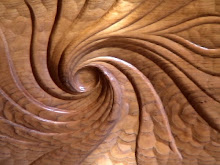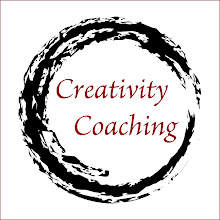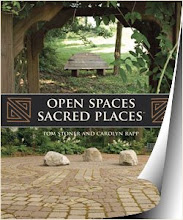 Life continues through offering. Earth, rain and sunlight are offered to plants. Plants are offered to animals. Animals are offered to other animals. Animals are offered back to the Earth. Most offering occurs involuntarily, through the sweep of life currents. Cherished objects, people and beliefs are ripped from our fingers. Clinging to them, resisting the movement of living, we suffer.
Life continues through offering. Earth, rain and sunlight are offered to plants. Plants are offered to animals. Animals are offered to other animals. Animals are offered back to the Earth. Most offering occurs involuntarily, through the sweep of life currents. Cherished objects, people and beliefs are ripped from our fingers. Clinging to them, resisting the movement of living, we suffer.Yet every second of every day, willing offerings are made. Many of these are given with the hope of some return, a bargain with mysterious forces. Some offerings, though, are made willingly. Something dear is carried to a river, altar or other place. There, hands open in vital surrender to the flow of life. Offering can then become an opening to greater connection—a doorway into a world where one does not give to and receive from another, but a world where one is the other in dynamic relationship.
These openings are everywhere—at the market counter, at the office, on a crowded freeway... In these moments, will we, to paraphrase the Persian poet Hafiz, be dragged kicking and screaming (to offering) or will we go dressed for dancing.





























